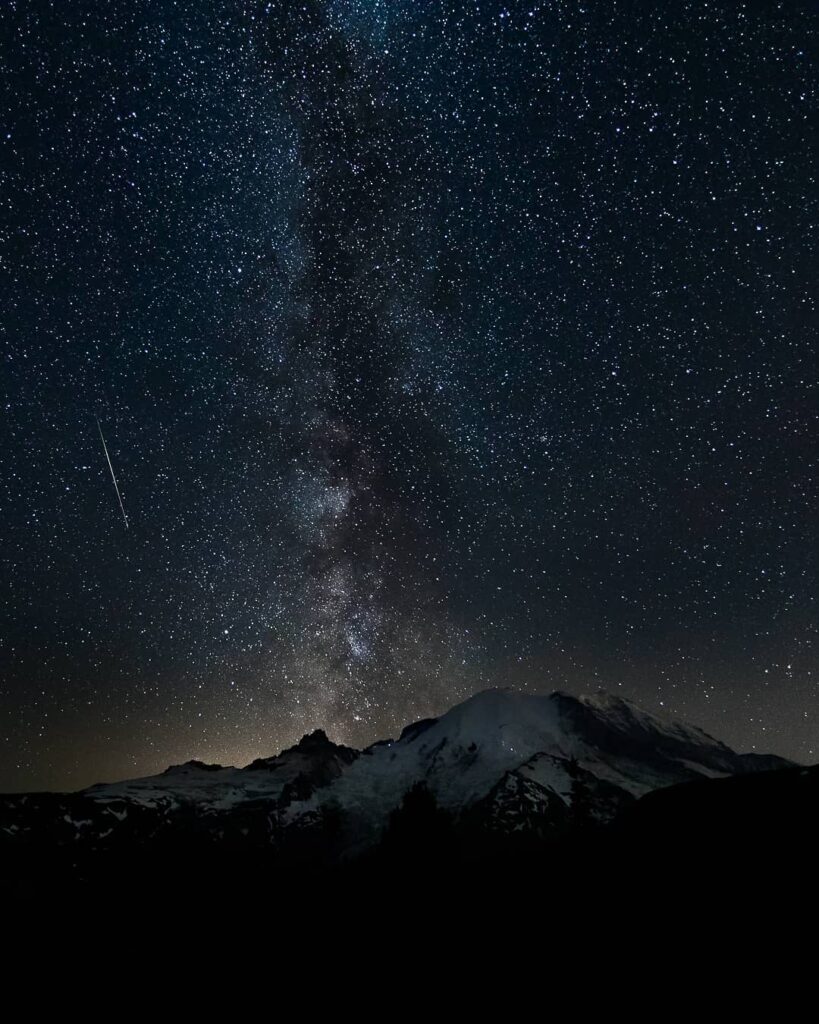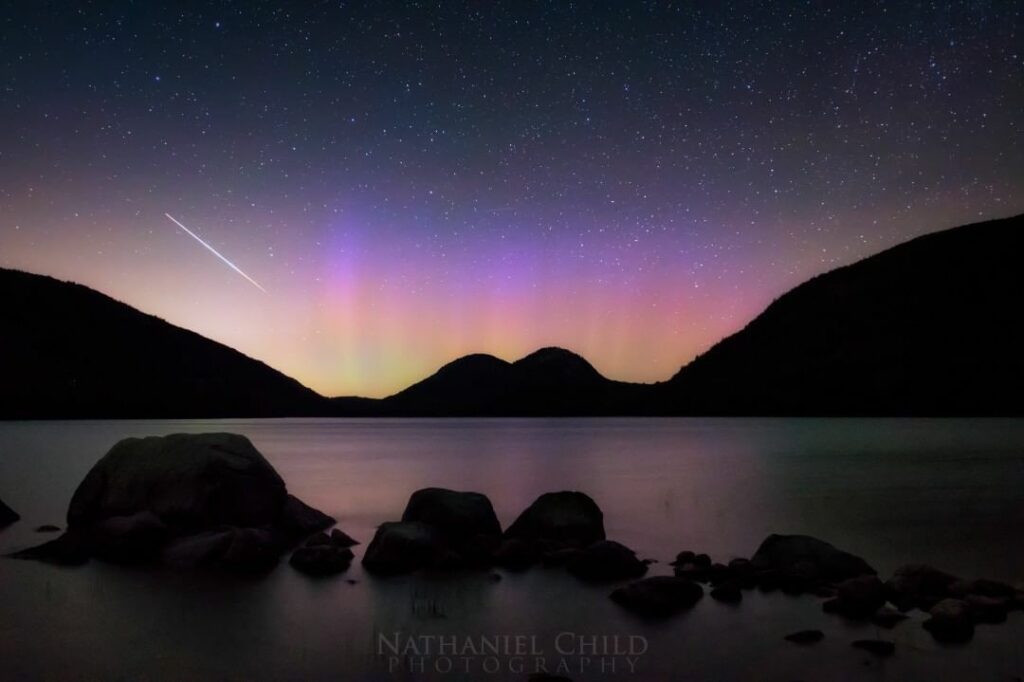Fireballs and blazing meteor showers are a rare sight. But this month, on 4th August, we got to witness an alpha capricornids meteor shower in the night skies and we have collected some images taken around the world of this striking phenomenon.
Meteor showers usually happen when the debris of comets and asteroids fly by the earth which lights up the sky. Upon entering the atmosphere of our planet, they burn up at the height of around 100 km and appear as flaming fireballs or shooting stars. The alpha capricornids were discovered by Hungarian astronomer Miklos von Konkoly Thege and these showers usually occur between the months of July and August. These meteors date back to approximately 5000 years ago, which eventually formed a cloud of dust around Earth’s orbit.
Take a look below.

Credits: https://www.instagram.com/alienmindtrick/

Credits: https://www.instagram.com/one.seventy.seven/

Credits: https://www.instagram.com/theduffer/

Credits: https://www.instagram.com/nathaniel_child/

Credits: https://www.instagram.com/p/B0m9TfPlgQ-/
Want some more astrophotographs? Take a look at Steve, a rare phenomenon that has perplexed astronomers for decades.


